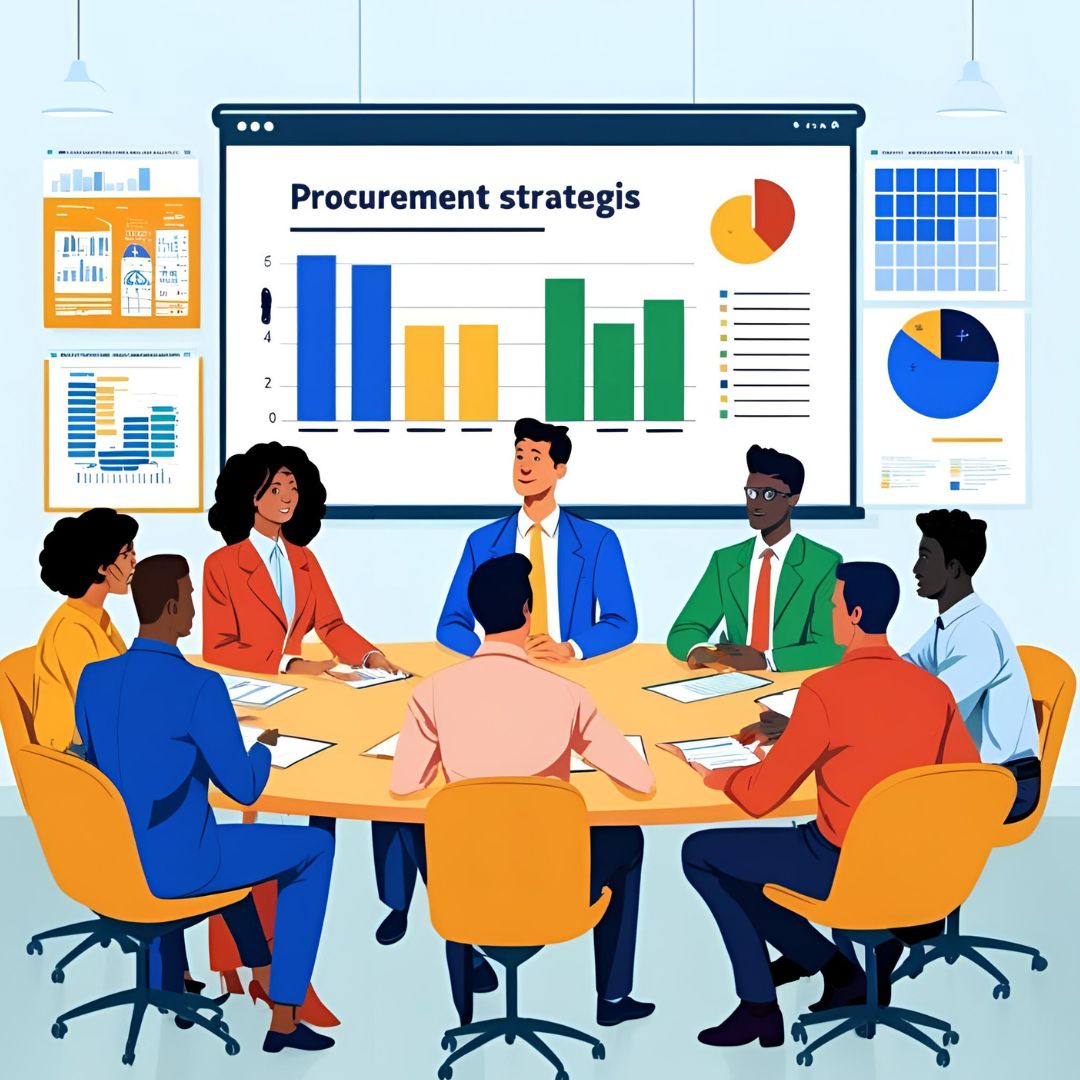Sourcing Smart, Sustaining Tomorrow: The Role of Green Procurement
Introduction
In an era where sustainability is no longer optional, industries are redefining their procurement strategies to align with environmental and ethical standards. Green procurement, also known as sustainable procurement, involves selecting products, services, and suppliers that minimize environmental impact, reduce waste, and promote social responsibility. By integrating green procurement into supply chain operations, businesses can drive sustainability while enhancing long-term profitability and brand reputation.
Understanding Green Procurement
Green procurement is the practice of sourcing goods and services that have a reduced environmental footprint. This includes:
✅ Eco-Friendly Materials – Sourcing recycled, biodegradable, or renewable materials. ✅ Energy-Efficient Products – Prioritizing energy-saving equipment and renewable energy sources. ✅ Ethical Sourcing – Partnering with suppliers that follow fair labor practices and sustainability regulations. ✅ Waste Reduction Strategies – Encouraging suppliers to minimize packaging and reduce production waste. ✅ Lifecycle Assessment Considerations – Evaluating the environmental impact of products from production to disposal.
Why Industries Need Green Procurement
🌿 Regulatory Compliance – Governments worldwide are enforcing strict environmental policies. 🌿 Cost Savings – Energy-efficient and sustainable materials can lead to long-term savings. 🌿 Brand Reputation & Consumer Demand – Customers are increasingly choosing eco-conscious brands. 🌿 Supply Chain Resilience – Sustainable sourcing reduces dependency on scarce resources. 🌿 Waste Management & Circular Economy – Minimizing waste and promoting recycling initiatives.
Key Strategies for Implementing Green Procurement
1. Setting Clear Sustainable Procurement Goals
- Define environmental, social, and economic criteria for selecting suppliers.
- Align procurement policies with corporate sustainability objectives.
- Establish KPIs to track and measure progress.
2. Partnering with Sustainable Suppliers
- Conduct audits to ensure suppliers adhere to sustainability standards.
- Prioritize local sourcing to reduce carbon footprints.
- Encourage suppliers to adopt green manufacturing processes.
3. Choosing Eco-Friendly Materials & Products
- Opt for recyclable, biodegradable, and non-toxic materials.
- Implement product lifecycle analysis to assess environmental impact.
- Reduce reliance on single-use plastics and hazardous substances.
4. Integrating Green Technology in Procurement
- Utilize digital procurement platforms for efficient supplier evaluation.
- Adopt AI-driven tools for carbon footprint tracking.
- Leverage blockchain for transparent and ethical supply chain monitoring.
5. Training & Employee Engagement
- Educate procurement teams on sustainability best practices.
- Encourage collaboration between departments to ensure alignment.
- Recognize and reward sustainable procurement initiatives.
Challenges in Adopting Green Procurement
🚧 Higher Initial Costs – Sustainable products may have a higher upfront cost but provide long-term savings. 🚧 Limited Supplier Availability – Not all suppliers meet sustainability criteria. 🚧 Resistance to Change – Employees and stakeholders may be hesitant to transition to new procurement models. 🚧 Complex Compliance Requirements – Navigating different environmental regulations across regions.
The Future of Green Procurement
🔹 Circular Economy Integration – Encouraging businesses to design waste-free supply chains. 🔹 Advanced Data Analytics – Leveraging AI and machine learning to optimize procurement strategies. 🔹 Government Incentives & Regulations – Strengthening policies that support sustainable purchasing. 🔹 Eco-Certifications & Transparency – Increasing demand for third-party certifications to verify sustainability claims.
Conclusion
Green procurement is not just a trend; it is a strategic approach that enables industries to build resilient, sustainable, and responsible supply chains. By adopting smart sourcing strategies, prioritizing eco-friendly materials, and fostering supplier partnerships, businesses can lead the transition towards a greener and more sustainable future.
